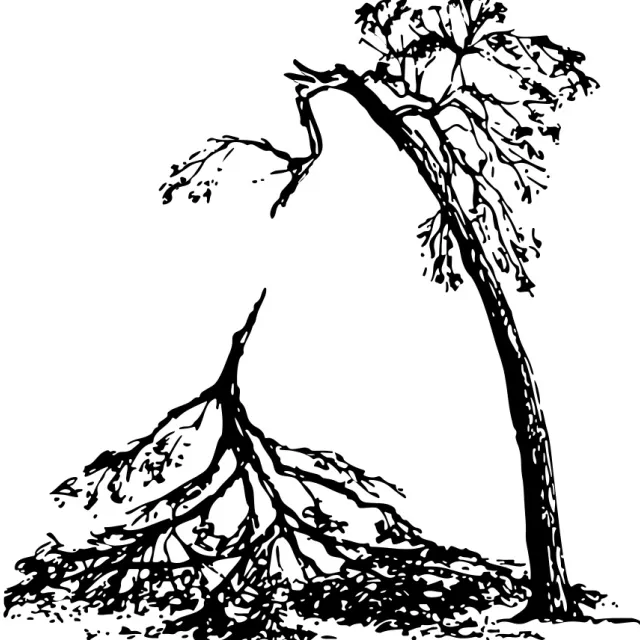When to keep a damaged tree

Established tree with minor damage
Although the tree has been damaged, enough strong limbs may remain on a basically healthy tree to make saving it possible.

Mature tree with one major limb lost
A mature shade tree can usually survive the loss of one major limb. The broken branch should be pruned back to the trunk.

Young tree with minor damage
Young trees recover quickly. If the leader and structure for branching is intact, remove the broken branches so the tree can recover.
When to wait and give a damaged tree time

Established tree with moderate damage
Resist the temptation to prune too heavily. The tree will need all the foliage it can produce in order to manufacture the food needed to get through to the next growing season.

Mature tree with major limb damage
A healthy, mature tree can recover even when several major limbs are damaged. A professional arborist should assess damage on a borderline tree to safely remove branches.
When to remove a damaged tree

Split trunk
A rotten inner core in the trunk or structural weakness in branching patterns can cause a split trunk. The wounds are too large to ever mend.

Broken trunk
All that’s left is the trunk. The few remaining branches can’t provide enough foliage to enable the tree to survive through another growing season.

Established tree with major damage
This tree has lost too much of its leafy crown. It probably won’t grow enough new branches and leaves to provide nourishment and regain its former beautiful shape.


